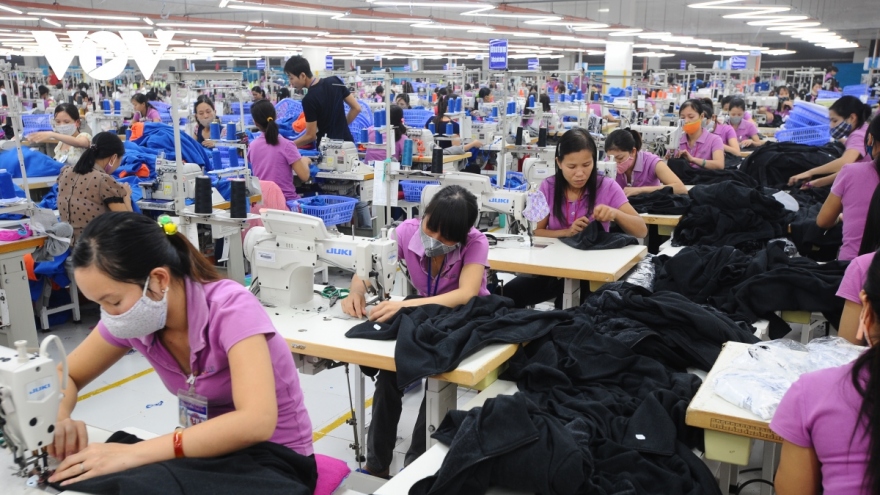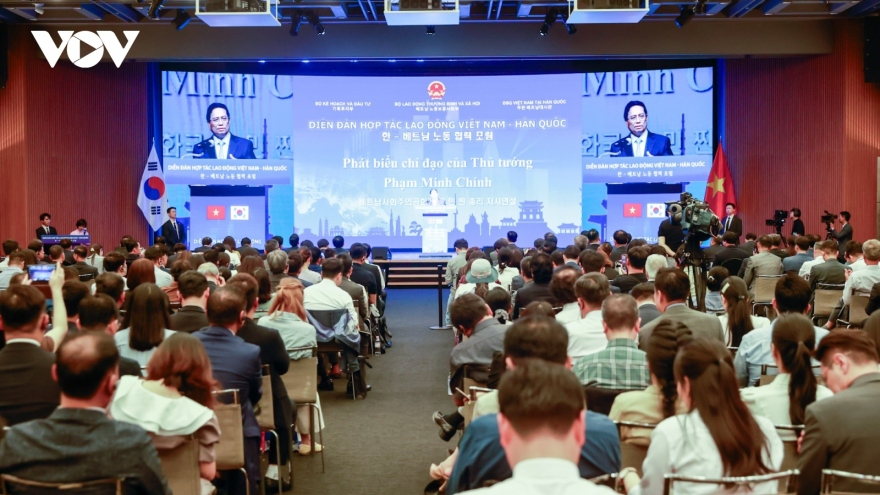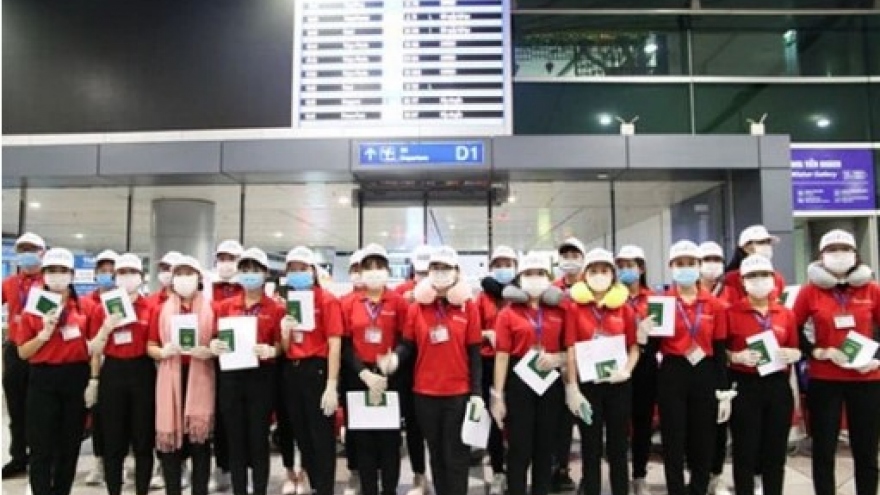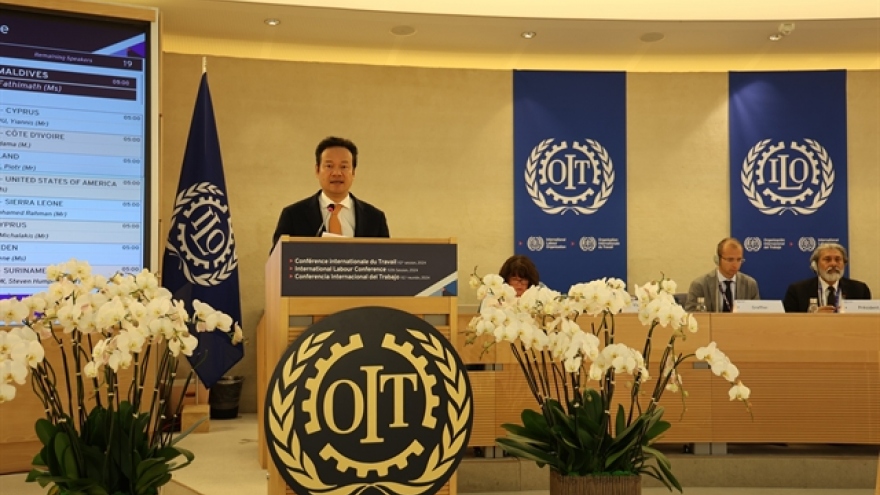Tag: Labourers

HCM City needs 160,000 additional workers in second half
VOV.VN - Ho Chi Minh City’s labour market will need 153,500 to 161,500 more jobs ahead in the second half of the year, according to information provided by the city’s Resources Forecast and Labour Market Information (Falmi) Centre.

Vietnam and RoK to boost labour cooperation
VOV.VN - Labour cooperation will continue to be a major pillar in the relations between Vietnam and the Republic of Korea (RoK), affirmed Prime Minister Pham Minh Chinh at a joint labour cooperation forums in Seoul on July 1.

Newly-established enterprises up 6.1% in six months
VOV.VN - In the first half of the year, there were 80,500 newly-registered enterprises with a total registered capital of VND744.2 trillion and 512,000 new labourers, rising by 6.1%, 5.2%, and 0.4%, respectively, from the same period a year ago, according to the General Statistics Office (GSO).

Textile, garment industry needs to adapt to changing order trends: analysts
While Vietnam’s textile and garment industry is recovering, it is facing new challenges such as customers preferring small, rapid orders and labour shortages, experts have said.

RoK locality hires Vietnamese seasonal agricultural labourers
An agricultural cooperative of Gangjin district in South Jeolla province of the Republic of Korea (RoK) is hiring 20 Vietnamese workers under a five-month contract starting from April 22 to harvest onions and garlic.

Vietnam represented at 112th Int'l Labour Conference
VOV.VN - The country always prioritises enhancing social progress and equity, regarding this as a goal, a task, and also a measure aimed at reaching greater sustainable development, Ambassador Mai Phan Dung said on June 11 at the ongoing 112th International Labour Conference in Geneva.

Slovenian expert highly values cooperation potential with Vietnam
Vietnam and Slovenia have great potential to enhance cooperation across multiple domains such as labour, tourism, logistics, and import and export of agricultural products, former General Director of Chamber of Commerce and Industry of Slovenia (CCIS) Ales Cantarutti has said.

Improving labour productivity – key to sustainable development
VOV.VN - Improving labour productivity is the shortest way for Vietnam to achieve rapid and sustainable development and escape the middle income trap, said Prime Minister Pham Minh Chinh at a national labour productivity forum in Hanoi on May 26.

Vietnam, Finland discuss ways to boost labour cooperation
Deputy Minister of Labour, Invalids and Social Affairs Le Tan Dung held a working session with Finnish Ambassador to Vietnam Keijo Norvanto in Hanoi on May 23, during which they discussed measures to promote cooperation in vocational education and sending Vietnamese workers to Finland.

HCM City partners German firms in vocational training, labour export
Le Van Thinh, Director of HCM City's Department of Labour, Invalids and Social Affairs, and Tran Thanh Hai, Principal of Vien Dong College, have signed a commitment with several German enterprises to increase skilled young labourers for the college and to train young talents in line with German standards for the labour market in both countries.
